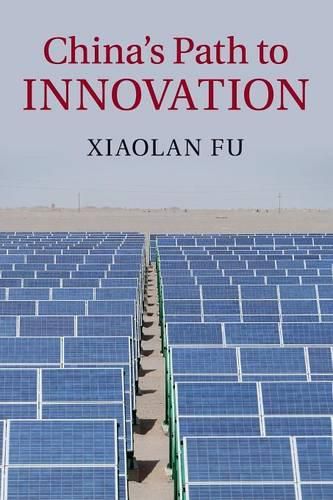Readings Newsletter
Become a Readings Member to make your shopping experience even easier.
Sign in or sign up for free!
You’re not far away from qualifying for FREE standard shipping within Australia
You’ve qualified for FREE standard shipping within Australia
The cart is loading…






Over the past three decades, China has experienced rapid economic growth and a fascinating transformation of its industry. However, much of this success is the result of industrial imitation, and China’s continuing success now relies heavily on its ability to strengthen its indigenous innovation capability. In this book, Xiaolan Fu investigates how China can develop a strategy of compressed development to emerge as a leading innovative nation. The book draws on quantitative and qualitative research that includes cross-country, cross-province and cross-firm analysis. Large multi-level panel datasets, unique survey databases, and in-depth industry case studies are explored. Different theoretical approaches are also used to examine the motivations, obstacles and consequences of China’s innovation with a wider discussion around what other countries can learn from China’s experience. This book will appeal to scholars and policy-makers working in fields such as innovation policy, technology management, development and international economics, and China studies.
$9.00 standard shipping within Australia
FREE standard shipping within Australia for orders over $100.00
Express & International shipping calculated at checkout
Over the past three decades, China has experienced rapid economic growth and a fascinating transformation of its industry. However, much of this success is the result of industrial imitation, and China’s continuing success now relies heavily on its ability to strengthen its indigenous innovation capability. In this book, Xiaolan Fu investigates how China can develop a strategy of compressed development to emerge as a leading innovative nation. The book draws on quantitative and qualitative research that includes cross-country, cross-province and cross-firm analysis. Large multi-level panel datasets, unique survey databases, and in-depth industry case studies are explored. Different theoretical approaches are also used to examine the motivations, obstacles and consequences of China’s innovation with a wider discussion around what other countries can learn from China’s experience. This book will appeal to scholars and policy-makers working in fields such as innovation policy, technology management, development and international economics, and China studies.